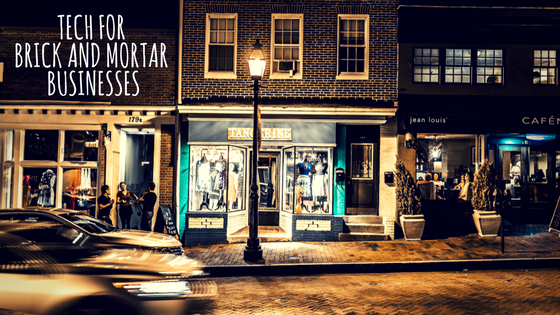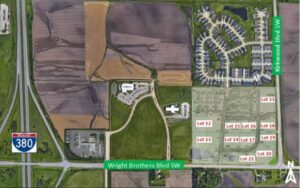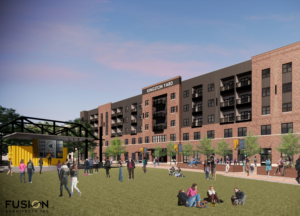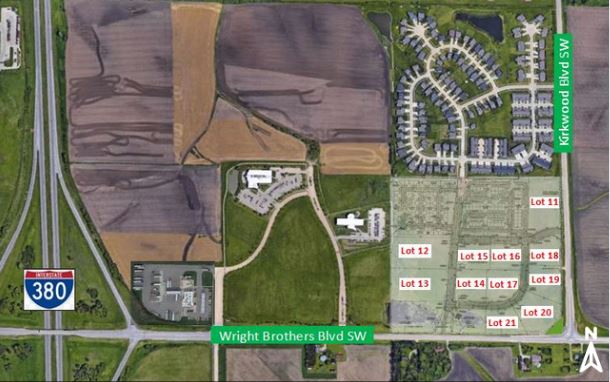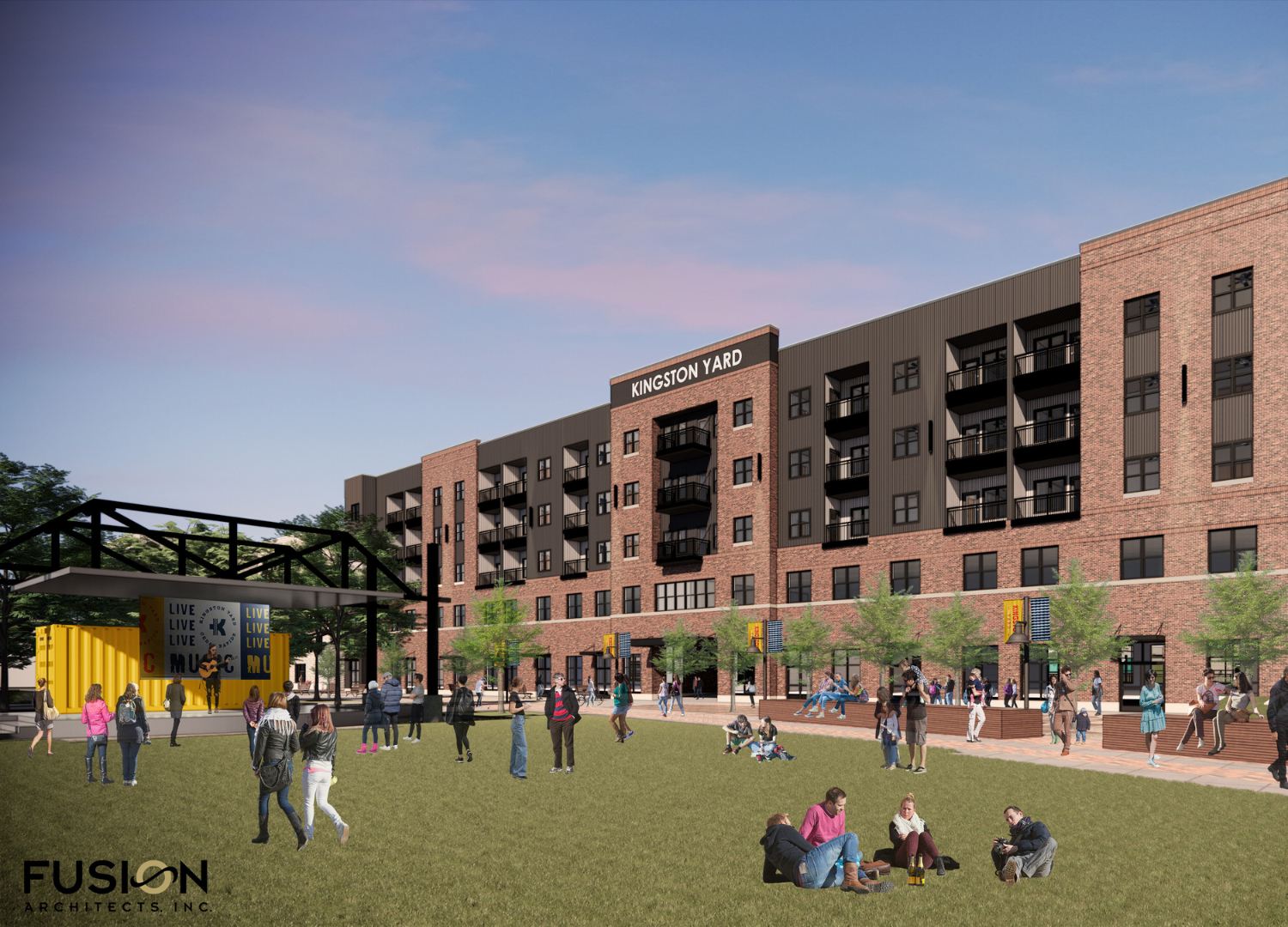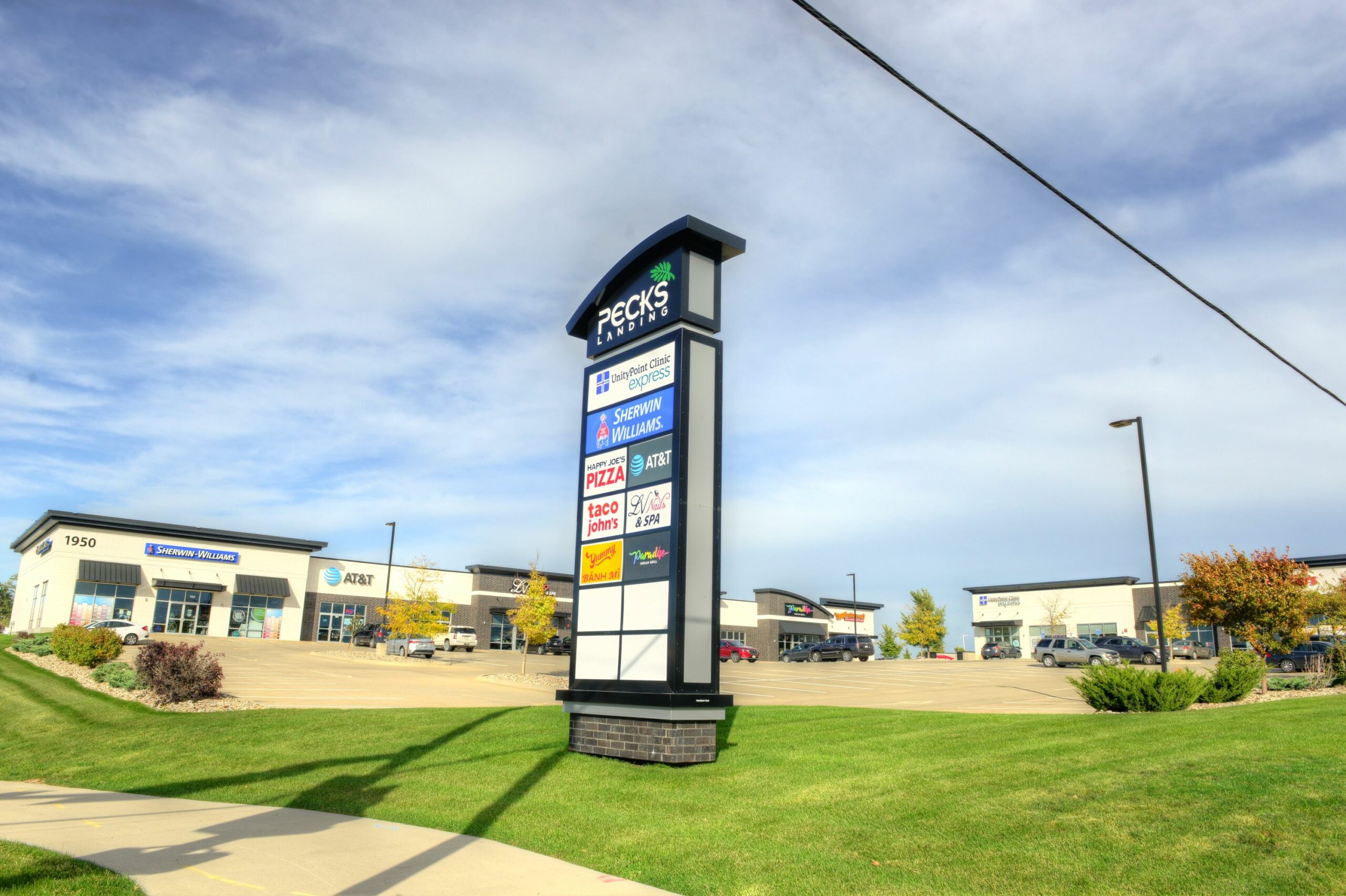Crucial Technology Considerations for Brick and Mortar Businesses
The irreplaceable in-person shopping experience can’t be duplicated by online storefronts, but orderingiPad Technology over the internet offers tempting convenience that can be hard to beat. Keep customers coming through the doors by deploying the best digital technology to improve the shopping experience and streamline operations.
Shopper Support Technology Solutions
Making the shopping experience easier and more fun is key to increasing foot traffic and highlighting how visiting your business is better than simply ordering online. One way technology can help with this is by amplifying customer service and giving shoppers a personalized experience that can’t be replicated by a website. Consider tablets or kiosks with simple, intuitive interfaces that help customers with wayfinding, learning more about items or answering basic questions, all of which free up human employees to solve more complex problems customers might have.
Retailers are also using technology to fill a sort of “personalized shopper” role. Makeup giant Sephora, for instance, offers an interactive display that matches the customer’s skin to a Pantone shade, then recommends foundation, concealer and lip color that complement that skin color. Sephora shoppers can “try on” dozens of products without having to constantly wipe off and reapply samples from tester bottles in the store. Similarly, clothing stores can implement systems that allow people in fitting rooms to request different sizes or colors of items they’ve already picked up, eliminating the hassle of constantly getting undressed and redressed just to go back to a rack and try a different size.
In both of these cases, the brick and mortar experience is actually superior to ordering online; the Sephora system uses a special handheld device that captures skin color without relying on ambient lighting that can distort the results, while the clothing retailer example cannot be replicated online because trying on a new size involves, at a bare minimum, requesting a replacement or exchange from the seller and waiting for it to make its way to the customer’s home.
Tech for Smarter Store Operation
Operational technology can give you valuable data that allows you to maximize the value of your store’s footprint, from optimizing the store layout to understanding shopping patterns. The classic example of operational technology is cameras or other devices that track customer behavior, like the most common paths taken through the store or which displays customers linger at the longest. Analyzing that data then helps stores adjust the store layout to accommodate foot traffic, make popular products more visible or steer people toward certain areas. Counting the number of visitors is crucial to right-sizing employee shift scheduling and timing of breaks so that peak shopping periods are fully covered.
Strategic deployment of lighting and other subtle effects can also fall into the operational technology category. Adjusting lighting on displays to subtly highlight sales or new products, for example, can help draw customers’ eyes to those areas. Data gained from customer behavior analysis can help retailers determine when and where to utilize these effects. Checking inventory, too, can be made much easier with basic technology – a sales associate can check an inventory database on a handheld device in much less time than it takes to dash back to the storage area and look for a customer’s requested item. Increased operational efficiencies not only allow you to maximize sales and foot traffic, they allow your staff to do what they do best – delivering top-notch customer service and making sure guests leave happy.
If you’re considering a new location of your brick and mortar business, please contact Craig Byers at Q4 Real Estate at 319-294-3339.

